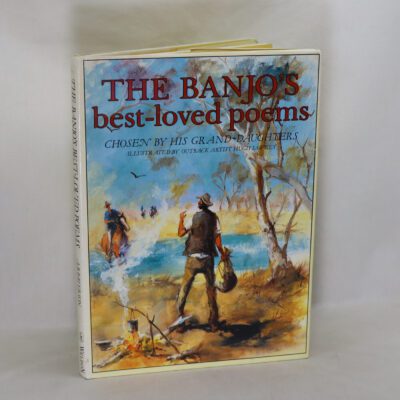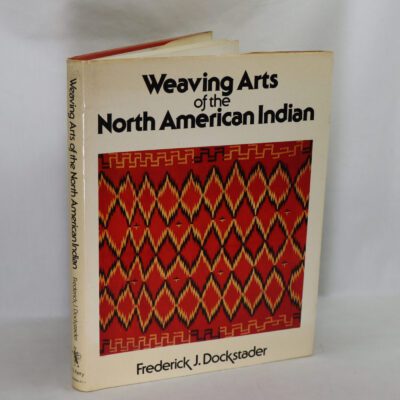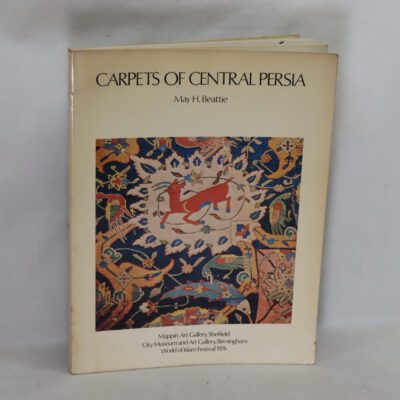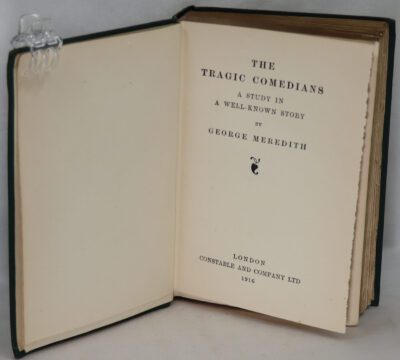The Quest for Corvo.
By A J A Symons
ISBN: 9780241313008
Printed: 1992
Publisher: Folio Society. London
Edition: re-issue
| Dimensions | 18 × 24 × 4 cm |
|---|---|
| Language |
Language: English
Size (cminches): 18 x 24 x 4
Condition: Fine (See explanation of ratings)
Your items
Item information
Description
In a fitted box. Navy cloth spine with silver title. White, navy and orange patterned boards.
It is the intent of F.B.A. to provide an in-depth photographic presentation of this book offered so to almost stimulate your feel and touch on the book. If requested, more traditional book descriptions are immediately available.
One day in 1925 a friend asked A. J. A. Symons if he had read Fr. Rolfe’s “Hadrian the Seventh.” He hadn’t, but soon did, and found himself entranced by the novel — “a masterpiece”– and no less fascinated by the mysterious person of its all-but-forgotten creator. “The Quest for Corvo” is a hilarious and heart breaking portrait of the strange Frederick Rolfe, self-appointed Baron Corvo, an artist, writer, and frustrated aspirant to the priesthood with a bottomless talent for self-destruction. But this singular work, subtitled “an experiment in biography,” is also a remarkable self-portrait, a study of the obsession and sympathy that inspires the biographer’s art.
Frederick William Rolfe better known as Baron Corvo, and also calling himself Frederick William Serafino Austin Lewis Mary Rolfe (22 July 1860 – 25 October 1913), was an English writer, artist, photographer and eccentric. Rolfe’s life provided the basis for The Quest for Corvo by A. J. A. Symons, an “experiment in biography” regarded as a minor classic in the field. This same work reveals that Rolfe had an unlikely enthusiast in the person of Maundy Gregory.
Alphonse James Albert Symons (16 August 1900 – 26 August 1941) was an English writer and bibliographer. Symons was the son of Russian-born Jewish immigrants. He was a self-educated man who in his youth had been apprenticed as a furrier.
In 1922, he founded the First Edition Club to publish limited editions and to organize exhibitions of rare books and manuscripts. In 1924 he published a bibliography of first editions of the works of Yeats, and in 1930 he founded the Book Collector’s Quarterly. He was an authority on writers and editions of the 1890s, and he published An Anthology of ‘Nineties Verse in 1928.
Symons completed his first biography, Emin, Governor of Equatoria, in 1928. In 1933 he brought out a biography of the explorer H. M. Stanley. Neither created much of a stir. In 1934, however, Symons published his masterpiece, The Quest for Corvo, a biography of the English author and eccentric Frederick Rolfe (the self-styled Baron Corvo). Subtitled “An experiment in biography,” The Quest for Corvo was a ground-breaking work: rather than being a simple narrative of a life, it describes an author’s search for understanding of his subject, revealing aspects of Rolfe’s life and character as they are revealed to the author. Though it appears entirely natural, the work is very skilfully orchestrated. The result is a vivid, prismatic portrait of Rolfe, those who knew him, and of Symons himself.
A dandy and an epicure, Symons devoted much of his energy to fine living. In 1933, he founded the Wine and Food Society with André Simon. In 1936, his marriage of twelve years to Gladys Weeks ended in divorce. In 1939 he fell ill, suffering from partial paralysis. He died in 1941 of a tumours of the brainstem.
Symons wrote with difficulty and sought help in the study of psychoanalysis. He left several unfinished works, including a long-contemplated biography of Oscar Wilde, at his death. His author brother Julian Symons (1912–1994) published his biography in 1950.
Want to know more about this item?

Related products
Share this Page with a friend











